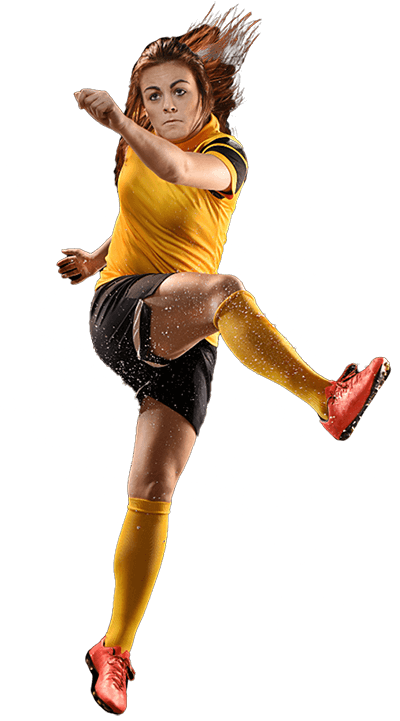The major structures of the posterolateral corner include the Lateral Collateral Ligament (LCL), the Popliteus tendon and the Popliteofibular ligament. They are arranged in a complex pattern, providing critical stability to the knee.
Posterolateral Corner Injury: What Is It?
Injury to one or all of the structures of the posterolateral corner usually results from high-energy injury (motor vehicle/motorbike accidents), falls or sporting injuries where the knee is forced into an excessive hyperextended or ‘bow-legged’ position. Injuries to the posterolateral corner are commonly associated with other ligament injuries within the knee (see multi-ligament knee injury). Posterolateral corner injuries are much less common than other ligament injuries (such as anterior cruciate ligament injury).
Posterolateral Corner Injury: Symptoms
Injury to the posterolateral corner is usually painful and at times may be associated with swelling of the knee. The pain is often present along the outside of the knee, with patients usually struggling to put full weight through the knee at the time of injury and soon after. Once the initial pain settles down, patients may feel the knee is unstable and collapses outwards when walking or attempting to play sport.
Posterolateral Corner Injury: Diagnosis
Posterolateral corner injury is considered after a medical consultation, with an examination of the knee demonstrating characteristic laxity. In general, MRI of the knee is the most useful imaging test to confirm the diagnosis. An MRI also enables assessment for the presence of other injuries within the knee which are often associated with this type of injury.
Posterolateral Corner Injury: Treatment
Non-surgical treatment:
Posterolateral corner injuries are often complex and associated with other ligament injuries within the knee. Low-grade injuries that occur in isolation without associated knee joint laxity can often be treated non-operatively with a period of bracing the knee to allow the ligaments to heal. Crutches may be used in the initial period, with ice and elevation to manage any swelling.
Surgical treatment:
Surgical treatment for posterolateral corner injuries is generally recommended for higher-grade injuries, for those injuries with associated knee joint laxity, and when the injury forms part of a more complex injury pattern (see multi-ligament knee injury). Different types of surgical treatments are available for posterolateral corner injuries. Almost all require reconstruction of the ligaments with a graft due to the poor rate of self-repair of the torn structures.
If you have injured the posterolateral corner of your knee, please make an appointment to discuss your treatment options.



